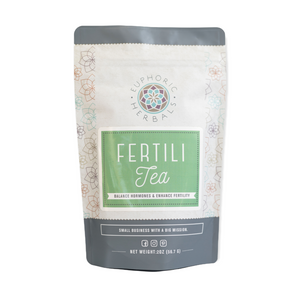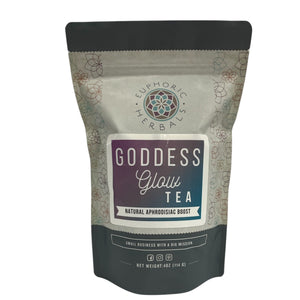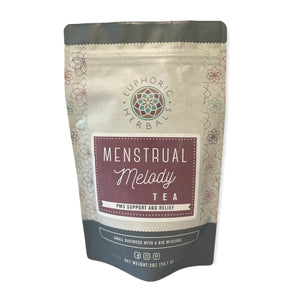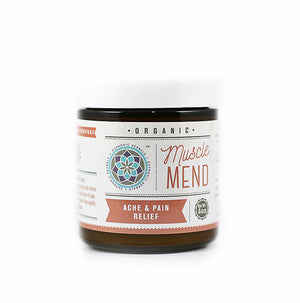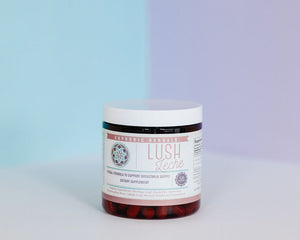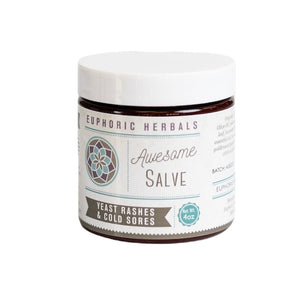What is Willow Bark?
Willow bark has been used as a medicinal herb for several thousand years, dating at least as far back as the ancient Greek and Egyptian civilizations. It also has seen a lot of use in Native American and Chinese medicine for a variety of ailments like rheumatism, fevers, and pain.
One of the most notable things about willow bark is that it contains salicin, which is a plant compound identified in 1829 and eventually used to create the active ingredient in aspirin- acetylsalicylic acid.
Here's more about the top benefits of willow bark, including how it can help with pain and inflammation (not unlike aspirin).
Willow bark comes (no surprise here) from willow trees. White willow (Salix alba) is the most commonly harvested from tree for medicinal use, although black willow (S. nigra) bark can also be used in its place.
As the side effects of common pain relievers have become apparent over the last few decades, many people have become interested in natural pain relievers, including herbs like willow bark.
As mentioned before, willow bark contains a very important compound for pain relief: salicin. It's also full of other beneficial plant compounds and antioxidants like apigenin, flavonoids, and tannins.
This is why willow bark has been valued for many years to combat pain, joint issues, sickness, and skin issues.
What are the Benefits of Willow Bark?
Naturally Eases Pain and Inflammation

Probably the most well-known benefit of willow bark is its pain-relieving ability. While it's not the same thing as aspirin and doesn't work like an instant medication, willow bark does work in your body in a similar way to aspirin and tends to have fewer unwelcome side effects.
Researchers believe that salicin is a big reason for the natural pain relief of willow. When it enters your body, it gets broken down into salicylate derivatives that have analgesic and anti-inflammatory effects.
However, because the amount of salicin in willow bark is pretty small, it's also likely that other compounds work together with it to combat pain.
Studies on willow bark so far have confirmed its pain-relieving and inflammation-lowering ability. Traditionally, willow has particularly been used for joint issues like arthritis, headaches, menstrual cramps, and back pain. (1)(2)
Again, remember that willow bark is not an instant pain-reliever. It works more slowly and takes time to build up in your system, but it does have the benefit of being generally more well-tolerated than aspirin-containing medications.
Fever Relief
Along with reducing inflammation, willow bark can also be used to help bring down a fever. Again, this benefit is usually attributed to salicin, but it most likely comes from all of the compounds in the bark working together.
For fevers, willow bark can be made into a hot infusion or a cold water extract. It helps to reduce the severity of a fever, but in cases where the fever needs to be "sweated out," you may be better off with a diaphoretic herb like catnip or peppermint.
High in Antioxidants

Acute inflammation- like from an injury or disease- isn't the only type your body has to deal with. Chronic inflammation is also present in many people, although its effects often don't show up until years down the road.
One of the best ways to combat chronic inflammation is with antioxidants. These beneficial molecules help protect your body from oxidative stress, a possible cause of inflammation, and keep you aging in a healthy way.
There are benefits of willow bark for this type of inflammation because it not only contains antioxidants itself, it also appears to raise the levels of other antioxidants (like glutathione) in your body. (3)
Helps with Oily Skin or Scalp
Another place where willow bark really shines is as a skincare ingredient.
One reason for this is because it has astringent, toning properties that help to reduce excess oil production. This makes it very helpful as a toner for those who deal with oily skin. It can be used on its own as an infusion or combined with other ingredients (for some people, it's too drying on its own).
If you also struggle with hair that gets oily around your scalp, willow bark can be made into an herbal hair rinse or used as part of a shampoo.
You can also check out these other herbs and remedies for oily skin.
Combats Acne

Willow bark can help to fight acne in several ways.
First, it helps those who suffer from breakouts due to overproduction of sebum and oily skin by reducing oil production and "drying up" excess oil. It also helps to exfoliate your skin, which is important for getting rid of dead skin cells that might clog pores.
In addition, the salicin in willow bark is a precursor to salicylic acid, a common acne-fighting ingredient. Salicin isn't as strong as salicylic acid (which is very concentrated), but it still fights breakouts and tends to be less drying for those with sensitive skin.
Other Benefits of Willow Bark for Skin
Another little known benefit of willow bark is that it has anti-aging power for your skin. Of course, aging in general is a natural process, but the antioxidants in willow can help your skin with premature signs of aging from toxins, UV damage, etc. (4)
Even for those who don't have oily skin, willow extract can make a good ingredient in a toner because it helps to minimize pores, calm redness, and keep your skin looking tight and toned.
However, if you have very dry or very sensitive skin, you may want to stay away from willow bark or only use a tiny amount because it can be overly drying for certain skin types.
How to Use Willow Bark
Willow bark is commonly used as a tea, extract, or powdered herb.
If you have dried willow bark and want to make a tea, you can use one of two methods. For either method, use 1-2 teaspoons of the bark per 8 ounces of water. Place the bark in a mug, pour hot water over it, and let it steep for 15-20 minutes. Or combine the bark and cold water in a pan, bring to a boil, then turn off the heat and let steep 5-10 minutes.
You can drink the tea throughout the day as needed, usually about 2-3 cups per day.
What are the side effects of White Willow Bark?
Pregnant and breastfeeding women are generally advised to avoid large amounts of willow bark because it contains salicylates. If you are allergic or sensitive to aspirin, you should also avoid willow bark.
Willow bark may have blood thinning effects, which means it may interact with certain medications.
Although willow has not been shown to have the same GI effects as aspirin, taking large quantities of it can cause stomach upset, vomiting, and similar symptoms. If you already have a stomach ulcer or bleeding disorder, willow bark may aggravate these conditions.
Embracing Willow Bark
If you give it time to do its work, willow bark can be an extremely beneficial herb, especially for pain management and reducing inflammation. It's also an excellent option for natural skincare, particularly if your skin is prone to be oily or to breakouts.
Add willow to your herbal arsenal and rediscover this herb that has been used for thousands of years but fell out of the spotlight when aspirin was invented.
Disclaimer: This post is for informational purposes only. It does not constitute medical advice and should not be substituted for medical advice. Please consult your health care provider, herbalist, midwife, or naturopathic physician before taking herbs, supplements, etc. Here's the link to our full disclaimer.






















































